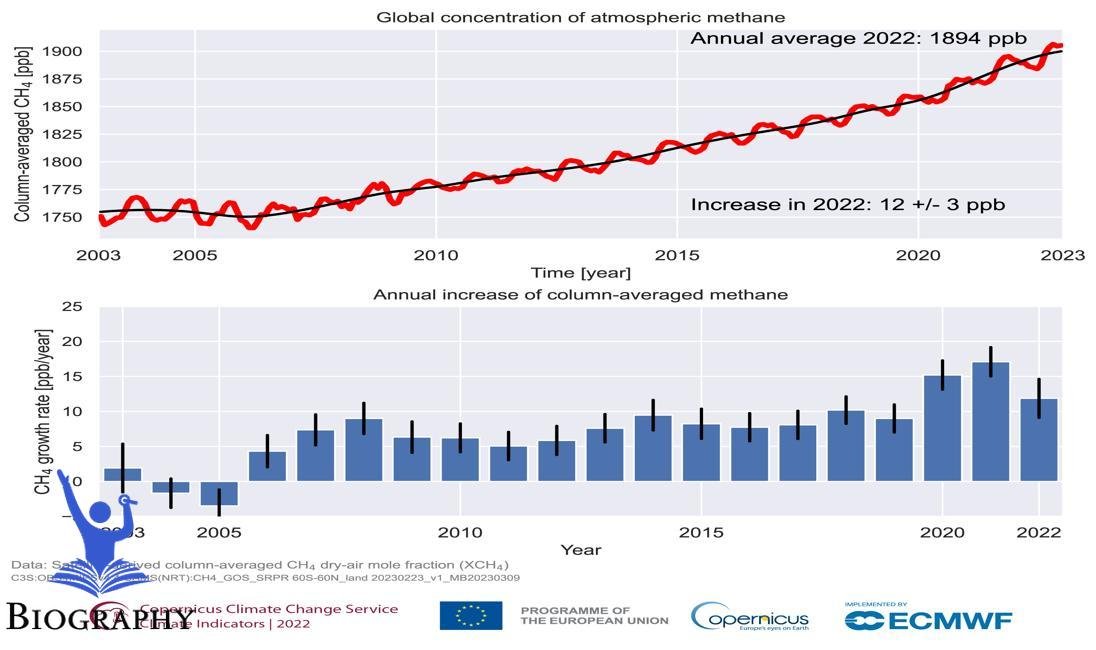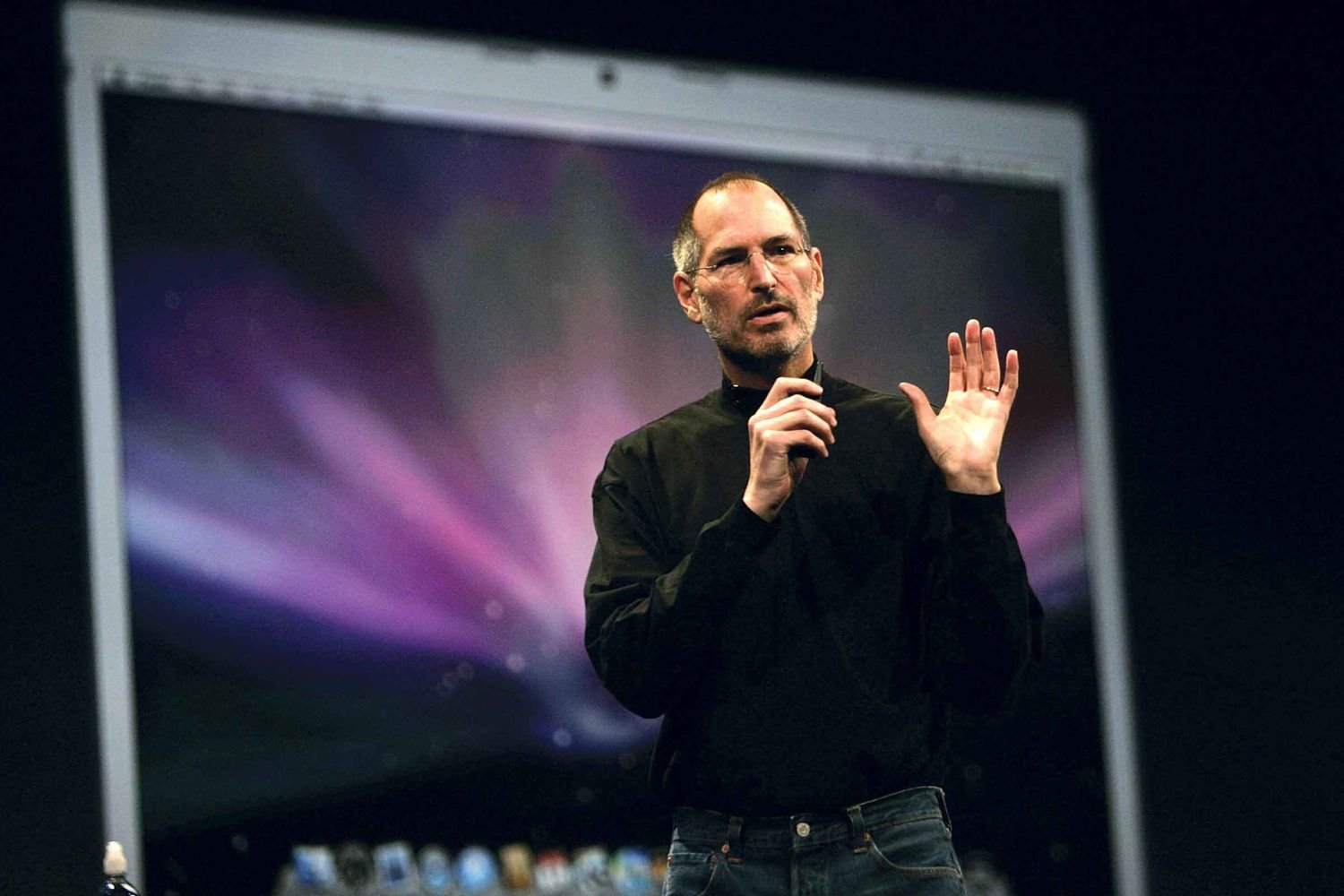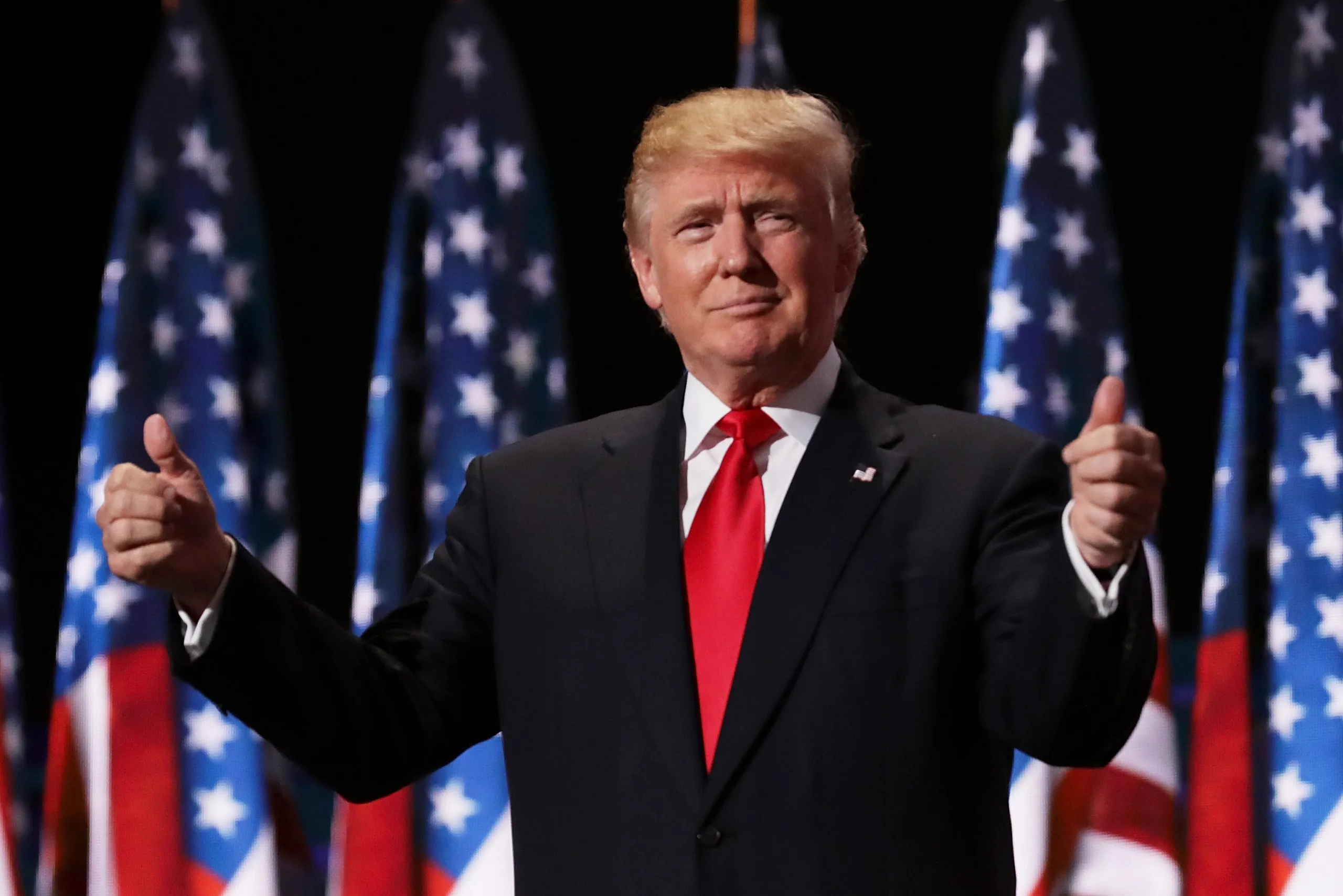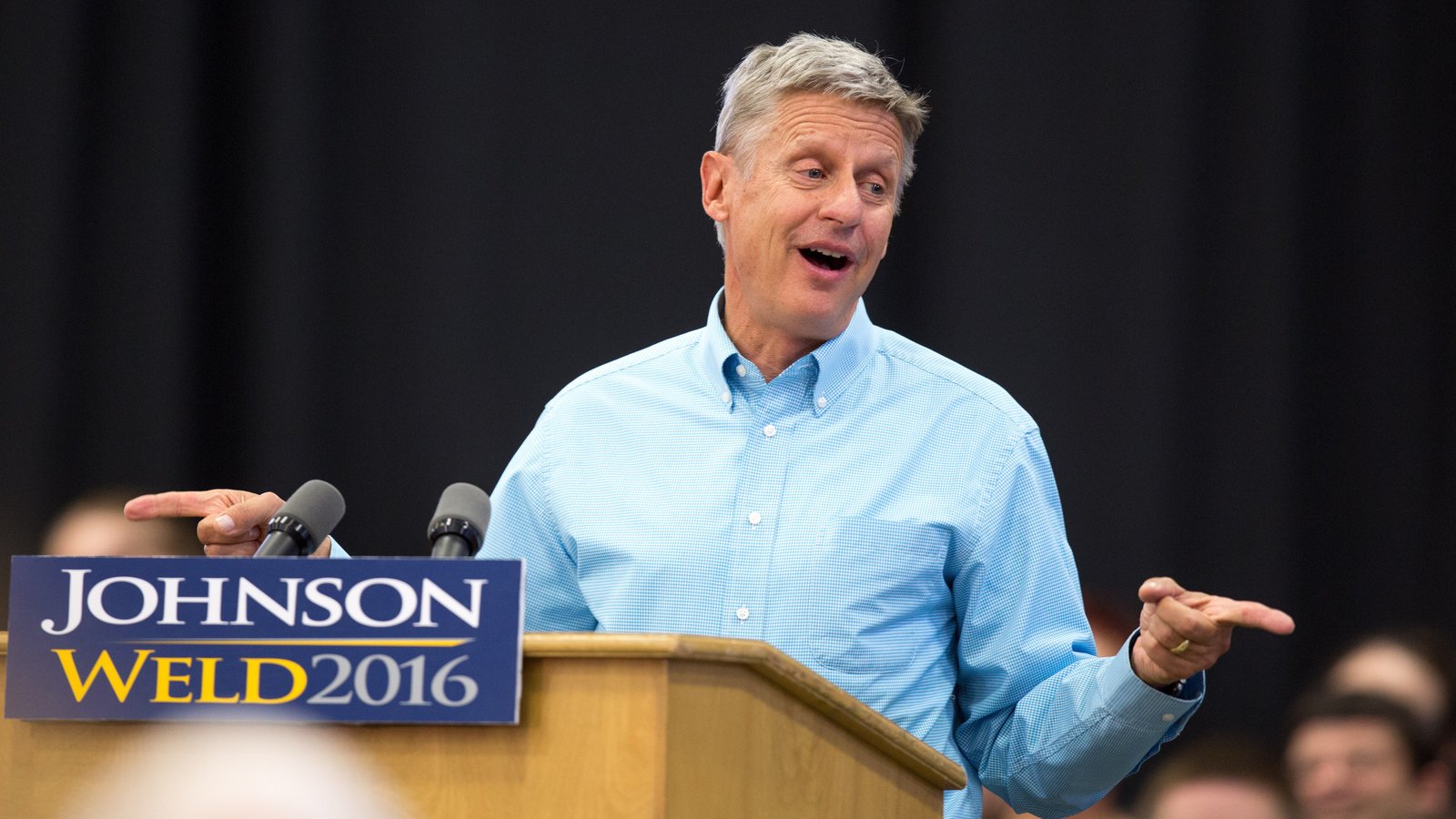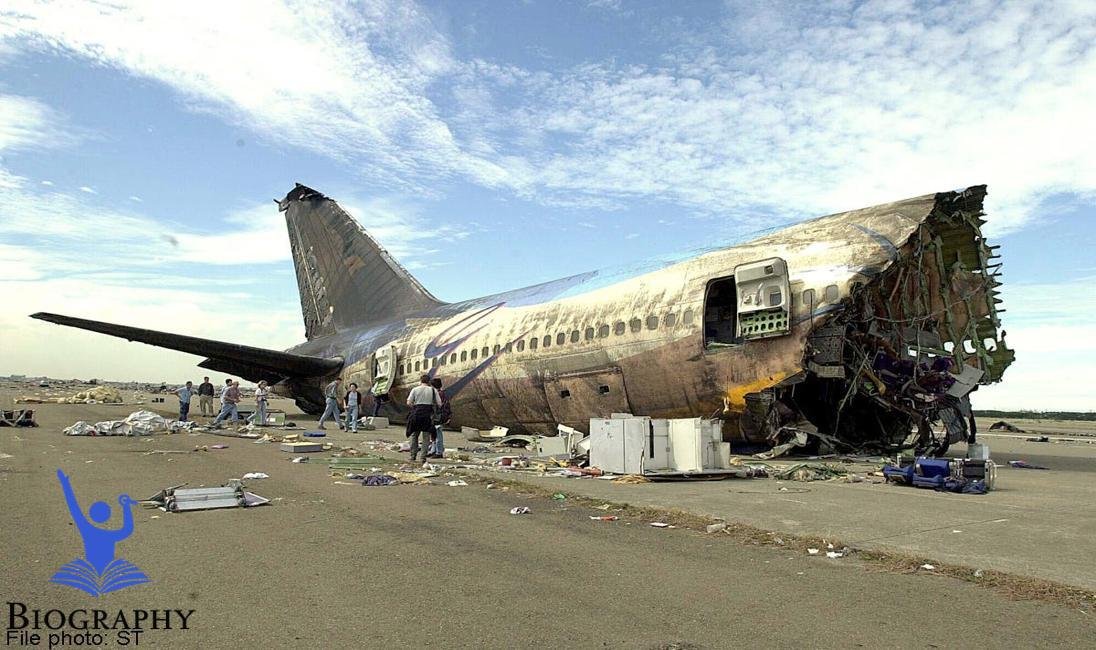The Paris Climate Treaty: A Critical Crossroads for Global Action
The ongoing discourse around the Paris Climate Agreement is intensifying as nations reevaluate their commitments to combat climate change.
Date and time February 21, 2025, 10:00 a.m
Launched in 2015, the Paris Environmental Framework will serve as a focal point for global dialogue on climate change and global efforts to check ozone-depleting air pollution Timing with countries struggling to grapple with the growing impact of environmental degradation, the understanding of the Paris environmental agenda can no longer get scrutiny Accounting has also rekindled discussions about the future of the deal, and has emphasized that achieving the goals outlined in this groundbreaking deal
Details
The Paris Environment Agreement aims to limit global temperatures to 2 degrees Celsius, ideally limiting increases to 1.5 degrees This aggressive target underlines the seriousness of the progress of emphasizing the use of rational energy sources and environmentally constructive methods.
In 2024, the U.N. The Conference on Environmental Change (COP29) brought together key stakeholders including the United States, EU countries and developing countries to assess their progress in the US. President Joe Biden and other dignitaries reaffirmed the country’s responsibility for the program after the former organization pulled out. The Paris Agreement is not just logic; It’s a moral commitment to people in the future, Biden expressed, pointing out the importance of collective efforts in order to achieve the environmental goals set out in the Paris results.
The conference highlighted developments in environmental science and innovation, presenting advances in, for example, carbon capture, sustainable electricity systems and conservation methods lively emphasized and experts from around the world said that global collaboration is key. According to Dr. A.S. Elena Torres, special environmental researcher, individual efforts in each country in addition to the global agenda; We cannot destroy faith.
A new report on public commitments under the Paris Environment Agreement reveals that many countries are increasing their obligations, with many now firmly focused on 2030. In any case, large barriers remain between established and developing countries in terms of concrete environmental activity limits and responsibilities
Key Challenges and Opportunities
As they progress, the challenges are increasing. Many countries, especially those that rely on non-renewable energy sources, have significant economic implications for switching to greener alternatives. The partners emphasize the key task of providing financial incentives and technical assistance to developing countries to adhere to the objectives of the declaration.
Furthermore, pressure players in the oil industry remain in areas of great potential to introduce serious environmental policies, focusing on economic risks rather than natural construction on the power of animals This led to jokes about whether the Paris Environmental Agreement could actually address these multifaceted issues.
Public Reaction
The public reaction to the most recent improvements encompassing the Paris Environment Arrangement has been to a great extent steady, with supportive of environment activists taking to web-based entertainment to communicate their requests for expanded activity. Hashtags like #ParisAgreement and #ClimateActionNow moved on stages, mirroring an aggregate supplication for responsibility and quick execution of environment methodologies.
Many activists have voiced concerns about the pace of activities. “We want more than trusts; we want radical change,” biologist Maya Singh said at the new meeting. It reflects a growing interest in grassroots progress that encourages countries to meet their obligations under the Paris Environmental Agreement.
Official Response
The response of countries and associations that are parties to the Paris Environment Agreement has been promising with this in mind. The EU reaffirmed its commitment to reaching carbon neutrality by 2050, emphasizing cooperation with other component countries and external partners is critical to achieving these goals
Meanwhile, drivers from associations such as the World Heritage Foundation plan to provide assets and assistance to countries that are easing their responsibilities. Their new report outlines outstanding steps countries can take to align with the ambitious goals of the Paris Environment Agreement.
Conclusion
As the Paris environmental agenda stands on the global stage, the push for stronger environmental activism continues to gain momentum. With voices from government pioneers, researchers and citizens calling for faster action, the way forward depends on consensus, mathematics and technological progress.
Soon more intersections and higher points become commonplace, paving the way for important choices that will determine the fate of environmental activity. Succeeding in the obligations of the Paris Environment Agreement marks a critical stage in addressing one of the most important challenges in recent memory. It looks at the world positively, confident that the shared purpose will inspire measurable progress.
As countries prepare for these future negotiations, meeting the treaty’s objectives will be key to exploring the complexity of environmental change and creating a meaningful future for the planet . . . .
















